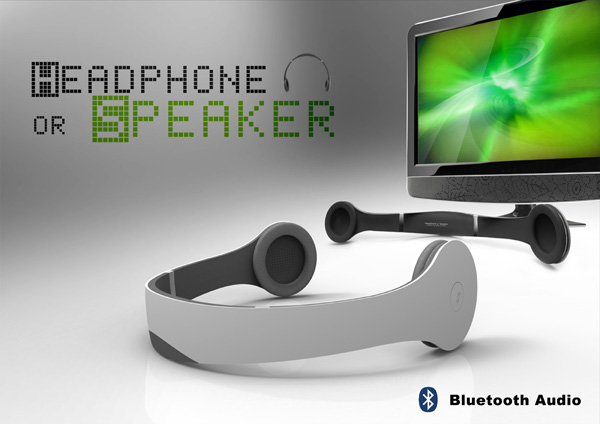

Hardware countermeasures are significant for others in that they are more available to security personnel or those tasked with protecting information in conference rooms, meeting rooms, and offices. Software countermeasures would be an important consideration for corporate IT departments who would have access to internal workings of the devices in question. The researchers also discuss both hardware and software countermeasures in their paper. Any that have integral amplifiers would not be able to be used in this manner.

Not all headphones, earphones, or speakers are susceptible to this vulnerability. This option is available on Realtek’s audio chipsets, which are integrated into a wide range of PC motherboards today. Interestingly, the audio chipsets in modern motherboards and sound cards include an option to change the function of an audio port at a software level, a type of audio port programming sometimes referred to as jack retasking or jack remapping. The audio ports usually have a conventional coloring system typically green is used for speakers (output jack), blue for line in (input jack), and pink for microphones (input jack). Each jack is used either for input (line in), or for output (line out).

These jacks are the sockets for plugging in various audio equipment such as speakers, headphones, and microphones. They were able to record audio playing from across the room, compress the recording and send it over the internet.Ī typical computer chassis contains a number of audio jacks, either in the front panel, rear panel, or both. They created their own sample malware they call SPEAKE(a)R (“Speak-Ear”) and demonstrate it in the video below. The software could thus be susceptible to malware resulting in an eavesdropping vulnerability. This could turn headphones, left plugged in, into microphones.

Mordechai Guri and the other researchers at BGU have demonstrated that the Realtek chipset used by many PC motherboards allows reprogramming of the jack. The principle in speakers of using electricity to modulate air and create sound, is the same principle in microphones, just in reverse – using air movement (from sound) to create electric signals. That has been demonstrated ever since they were first invented. The fact that speakers can be used as microphones is nothing new. Researchers from the Negev Cyber Security Research Center of Ben-Gurion University have presented a paper explaining that the software controlling signals to headphone jacks in many computers can be altered or re-tasked to change the jack from an output to an input, thereby turning the earphones into potential microphones.


 0 kommentar(er)
0 kommentar(er)
